The World Reimagined Art Residency UK Reflective Journal Phase 2, Hospitafield, Arbroath, Scotland29/6/2022 Hi readers. In my last last post I shared with you the first three weeks experience of The World Reimagined Art Residency in the UK . This post covers the following three weeks and my experience based at Hospitafield in Scotland. About The World Reimagined The World Reimagined is a ground-breaking, vibrant art education project to transform how we understand the Transatlantic Trade in Enslaved Africans and its impact on all of us so that we can make racial justice a reality, together. Supported by Official Presenting Partner SKY, the project will see a trail of large Globe sculptures across seven cities including: Birmingham, Bristol, Leeds, Leicester, Liverpool City Region, London, and Swansea. From 13 August to 31 October 2022, the globes will be displayed across these cities, inspiring and galvanising communities to better understand what it means to be Black and British. Bringing to life the reality and impact of the Transatlantic Trade in Enslaved Africans by remembering the past, whilst still moving forward - celebrating the spirit and culture that has endured so much suffering. With support from The Arts Council England, the Caribbean artist residences have delivered significant, proven community benefit to the host cities. The trails will be the centre of learning, community and heritage programmes that invite everyone to take part: www.theworldreimagined.org/ The second phase of my art residency was based at Hospitafield house, Arbroath, on the North East coast of Scotland. The building is an impressive mansion with distinctive architectural features, towers and gothic decorative details. Sections of the house date from the 13th century abbey with 19th century additions. The property was purchased by the Reverend James Fraser around 1664 and then owned by successive generations of the Fraser family, the final one being the wealthy heiress and widow Elizabeth Fraser. Elizabeth married Scottish artist Patrick Allan, the son of an Arbroath weaving merchant and together they remodelling the house, converting an 18th-century barn into a gallery, and setting up a trust to support young artists. To this day the legacy of supporting artists remains offering residency opportunities which encourage questioning and exploration for future work. Artists stopping in the house have access to the amazing historic rooms, library and collections. Arbroath is a small town with a significant history in the story of human liberty. In 1320 the declaration letter of Arbroath was signed finally granting Scotland independence from English rule after a long war for freedom. On arrival I was welcomed to Arbroath and met by Cicely Farrer the programme and communications manager at Hospitafield. The house is grand and impressive and my bedroom fitted with antique furniture and large windows which looked out onto the walled garden and sea beyond. The four poster bed and background sound of waves brought back nostalgic memories of my Grandmother’s house in Dominica making me feel strangely at home. 5th April Grounds and Fernery The gardens at Hospitafield have a fascinating history which date back to the 13th century walled garden and monks who built a hospital about a mile away from the abbey. They planted healing herbs and fruit trees. In the late 1800’s a Victorian fernery was designed by Patrick Alan Frazer with a fern collection donated by the Royal Botanic Gardens Edingburgh. The Victorians were very obsessed with ferns with fern designs appearing in garden furniture, home decor and literature. This obsession led to collectors building hothouses and specially designed ferneries to house the exotic displays. Ferns are symbolic in many cultures representing hope, new life, ancestral honouring, unfolding futures. The new Hospitafield logo reminds me of the Ghanain adinkra symbol above ‘AYA’ representing endurance, perseverance, resourcefulness. Although not part of my original design I would like to incorporate ferns into the globe design as a memorial of the special time in Arbroath and also as a reminder of my African roots and the lush Dominica rainforests home to the runaway Maroons. Books found in the library room show line drawings of some of the plants featured in my globe design and highlighting 19th century botanical interests. , Botanicals, Textiles and decorated surfaces in the house The house and gardens appealed to my botanical interest. Throughout the building there was imagery of flora carved in stone and wood, fine examples of skilled craftsmanship. My favourite was the cracked leather wallcovering and the ceiling in the music room which was entirely covered in delicately hand carved panels of local flora, each carving featuring a different plant. Rural Surroundings Gorse Bushes Thursday 7th April Out and about Arbroath with Artist Jeni Reid Before arriving I had read about the artist Jeni Reid who had previously done a residency at Hospitafield. Jeni resides in the area and agreed to meet up and take me on a tour around Arbroath. Textiles are also Jeni's passion, with ancestral connections to the spinning and weaving history of the area. Her project 'Blueprints for Arbroath' was inspired by the layered history of Osnaburg textiles and the men, women and children of Arbroath who worked in the industry making cloth which went off to West Indian plantations. We had lots to talk about as we share historical and textile interests. Frederick Douglass delivered one of his anti slavery lectures at the Trades Hall in Arbroath in February 1846.Textile mill in Arbroath and typical red sandstone walls of buildings in the areaArbroath Abbey Ruin
|
Archives
June 2023
Categories
|
Proudly powered by Weebly
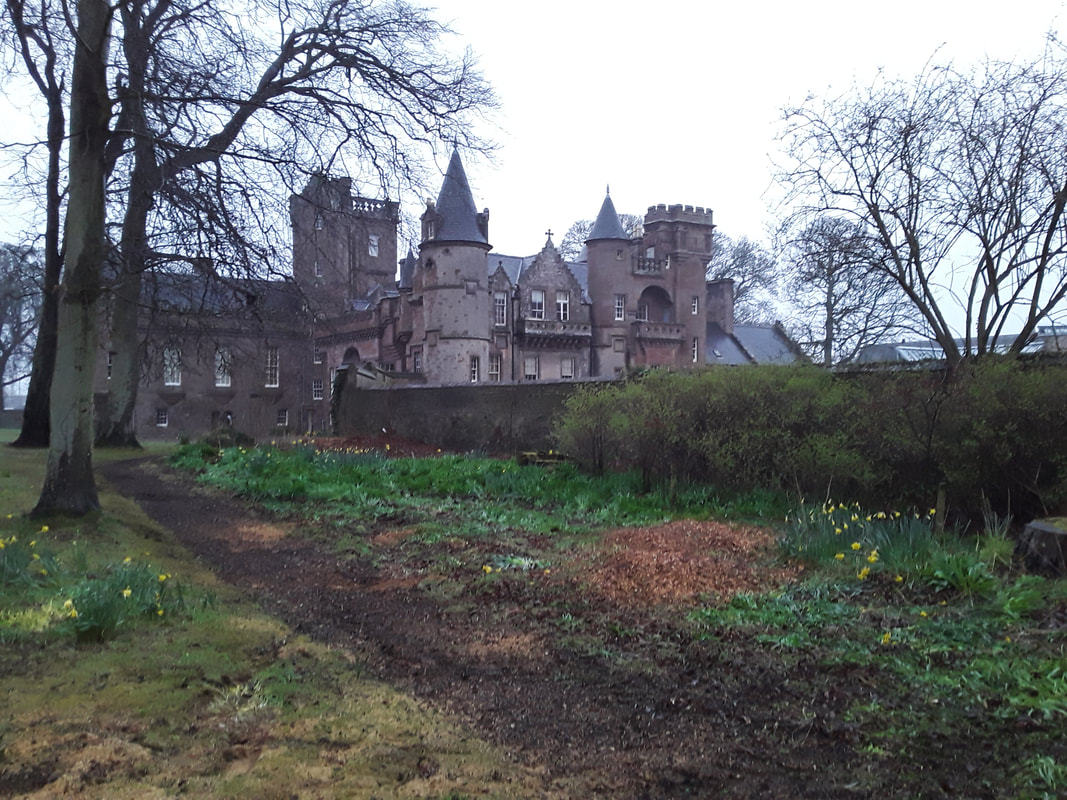
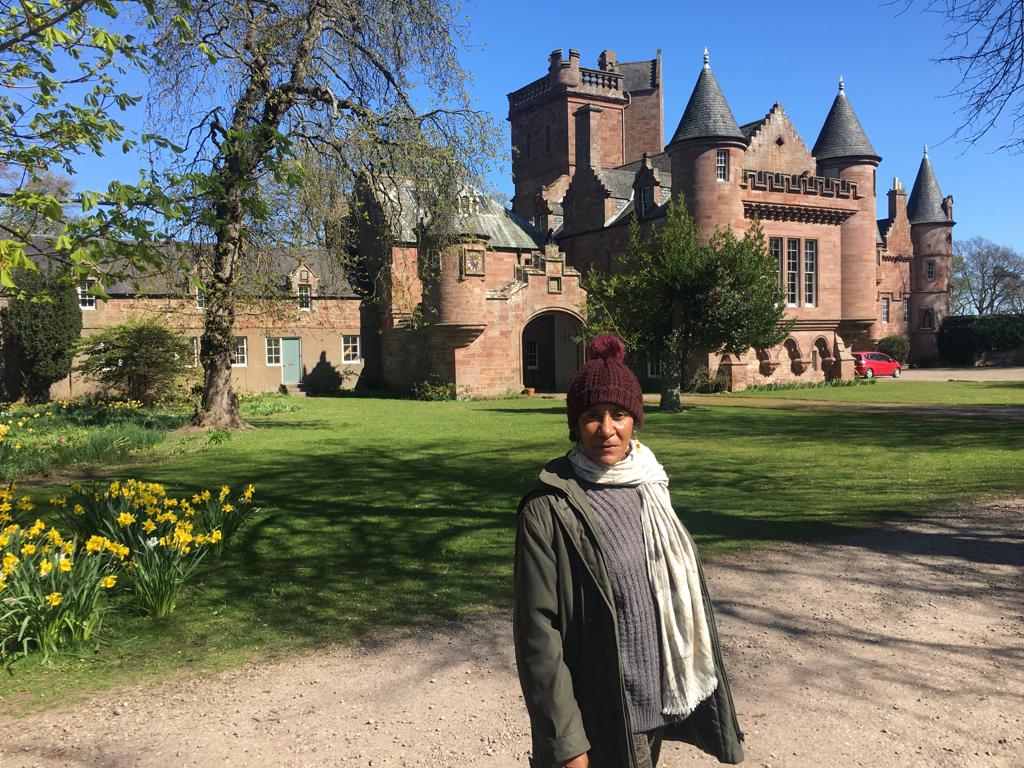
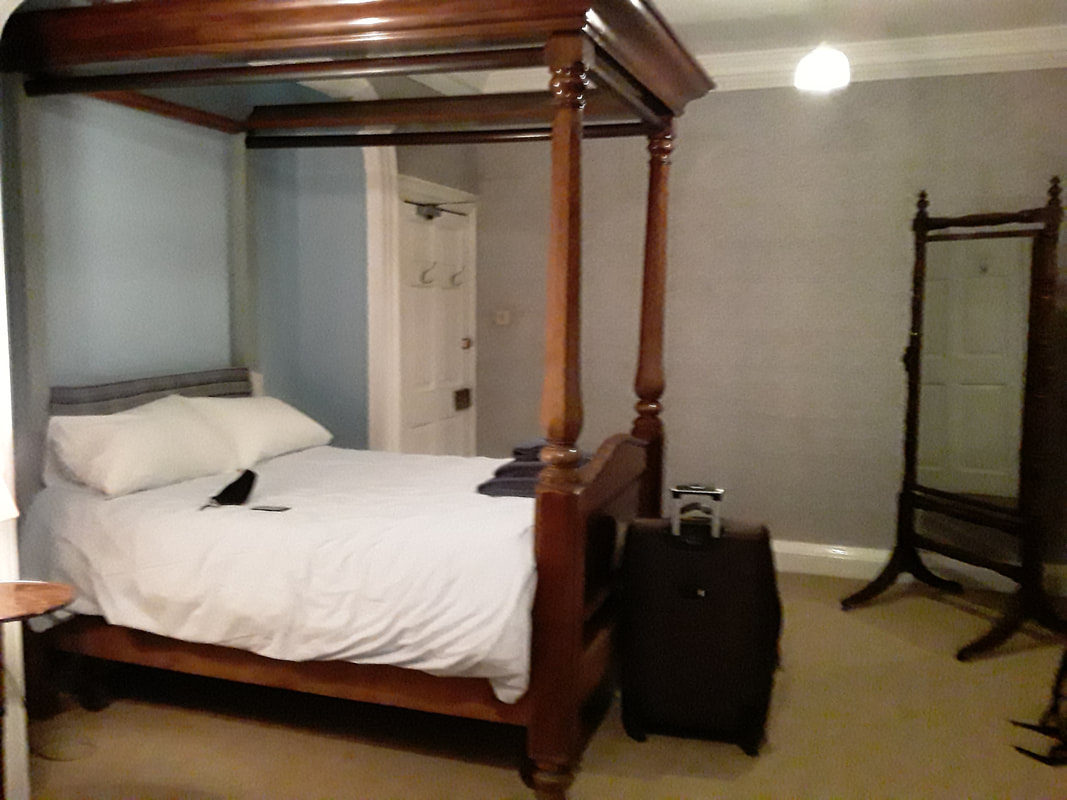
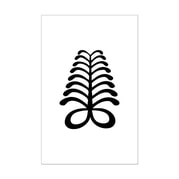
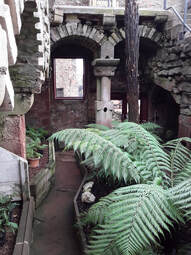
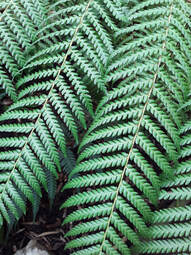
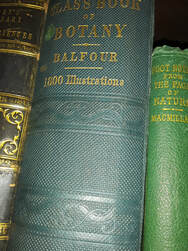
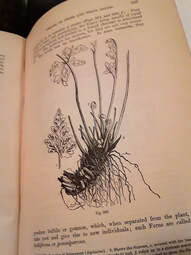
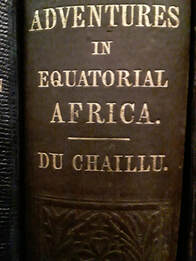
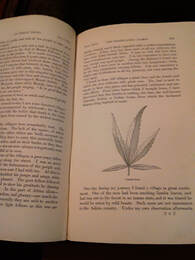
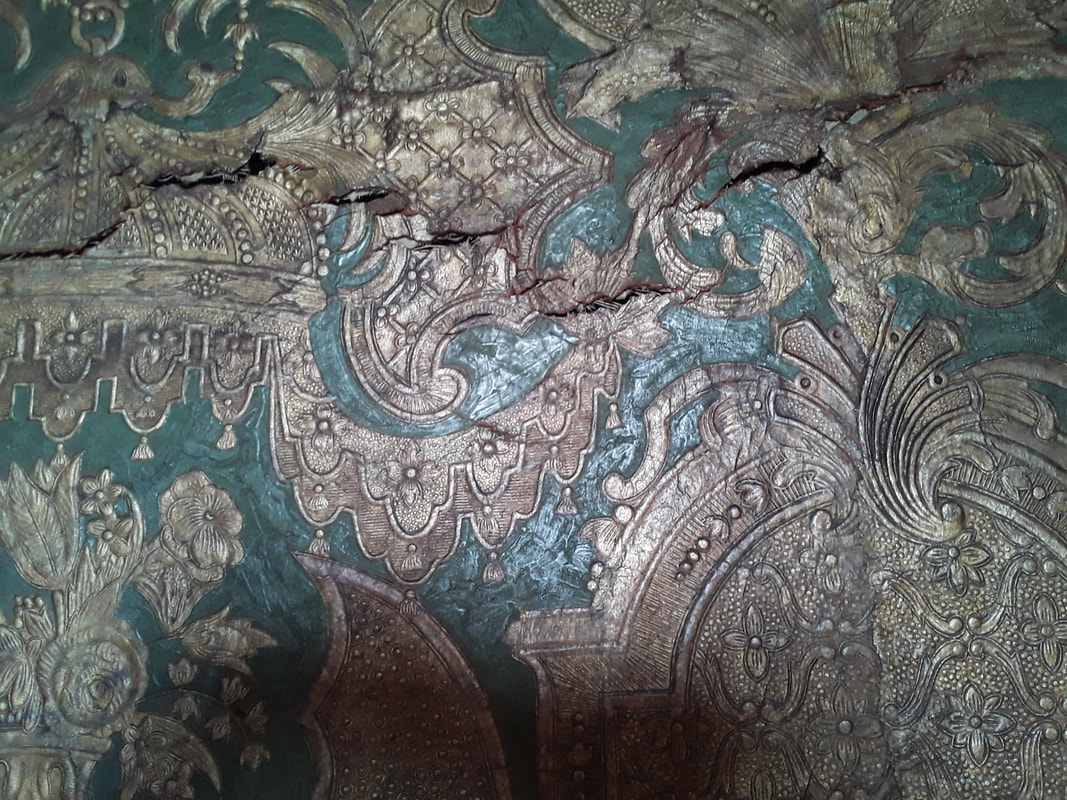
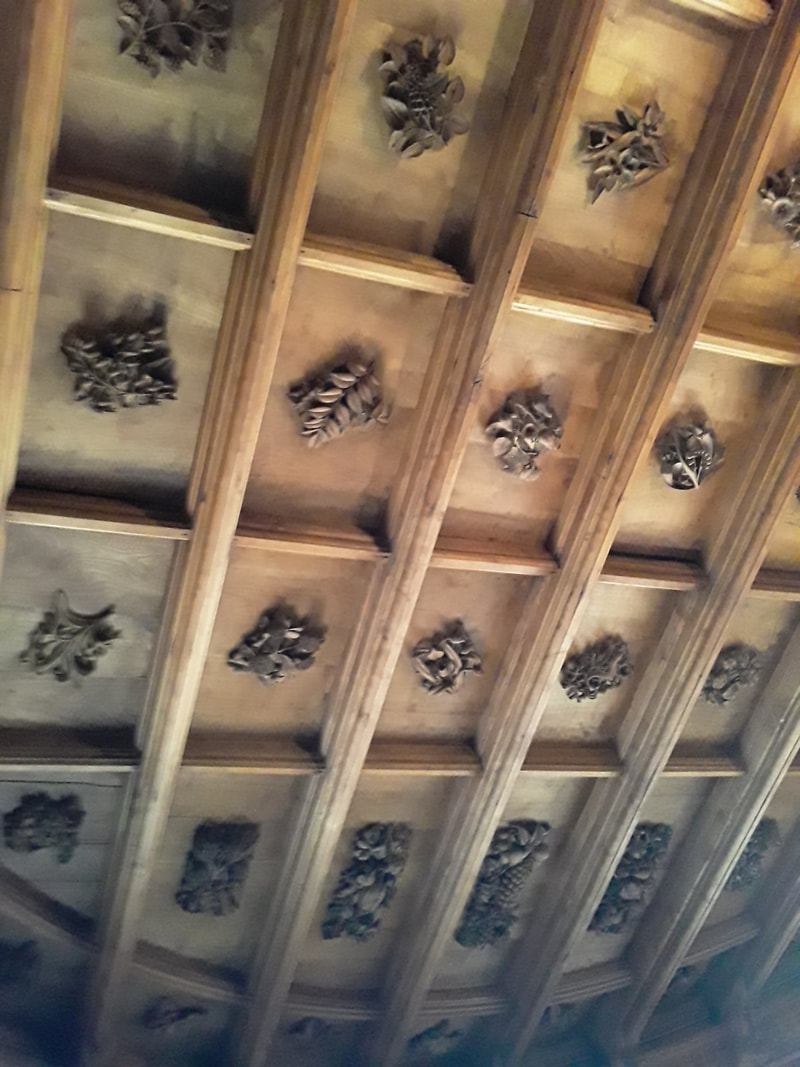
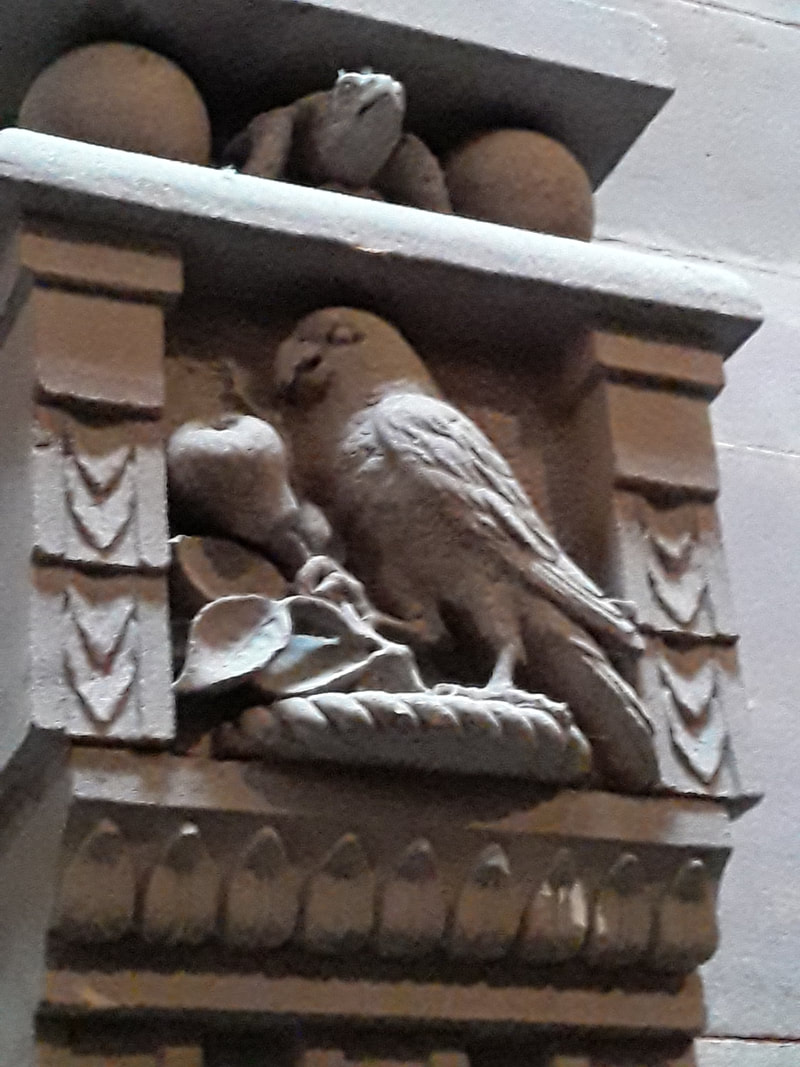
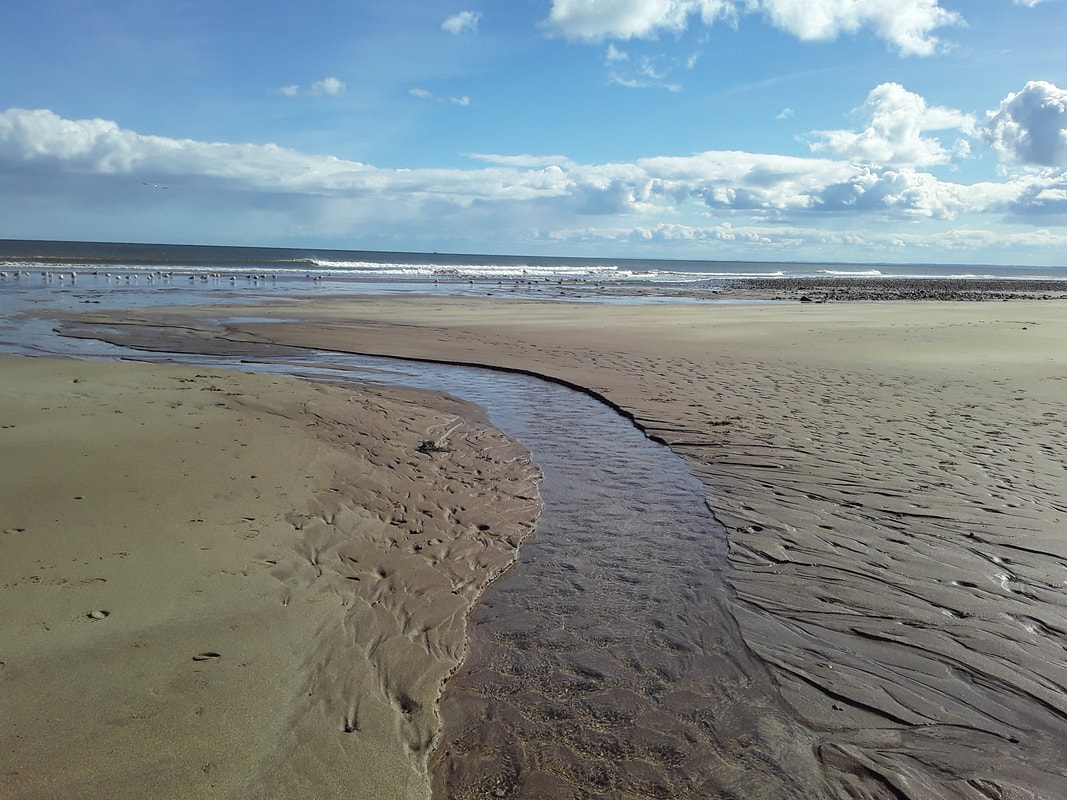
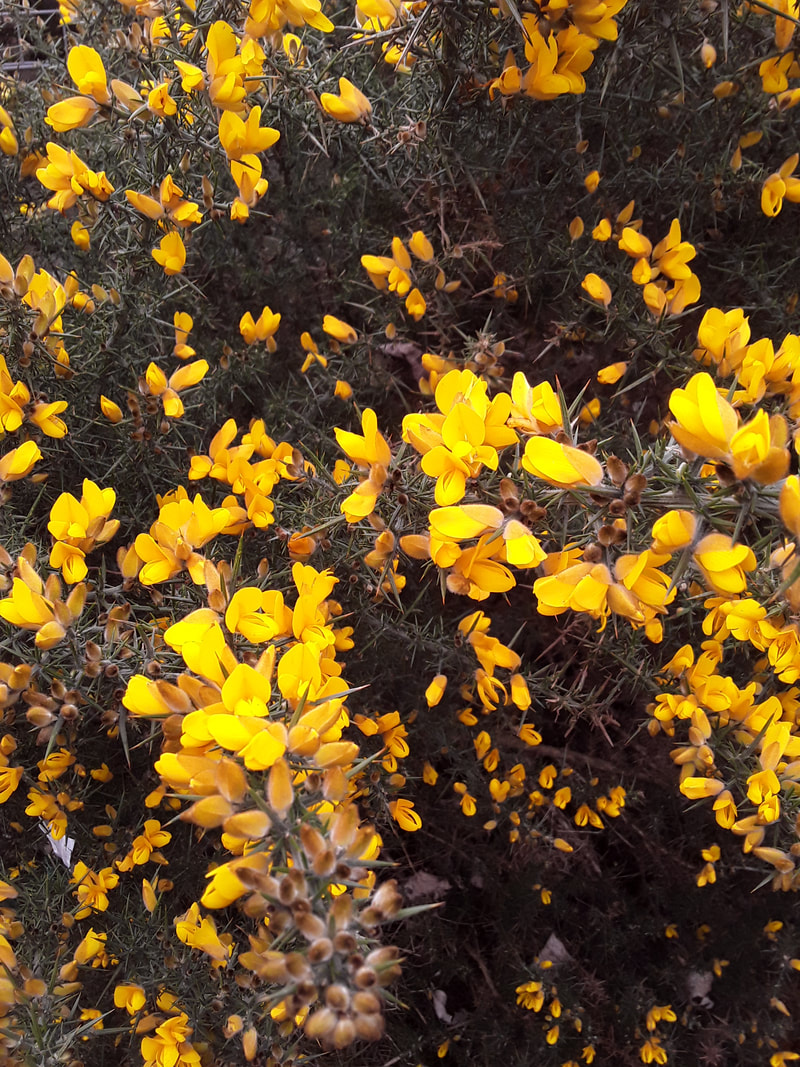
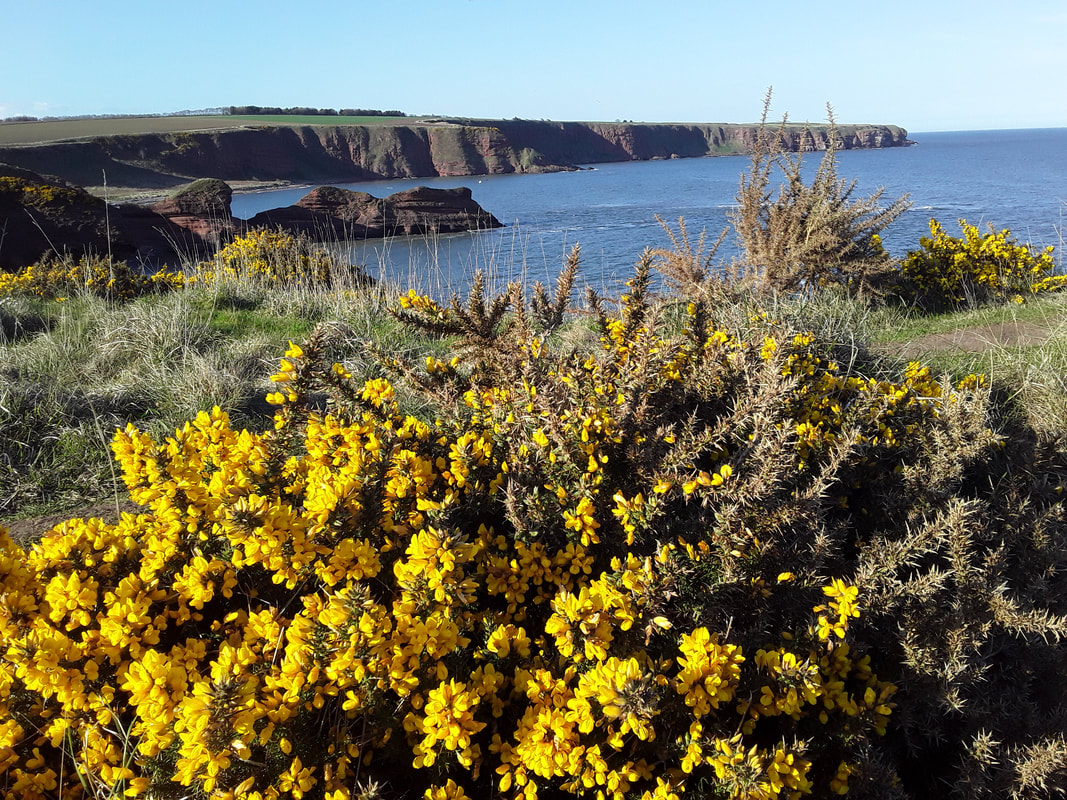
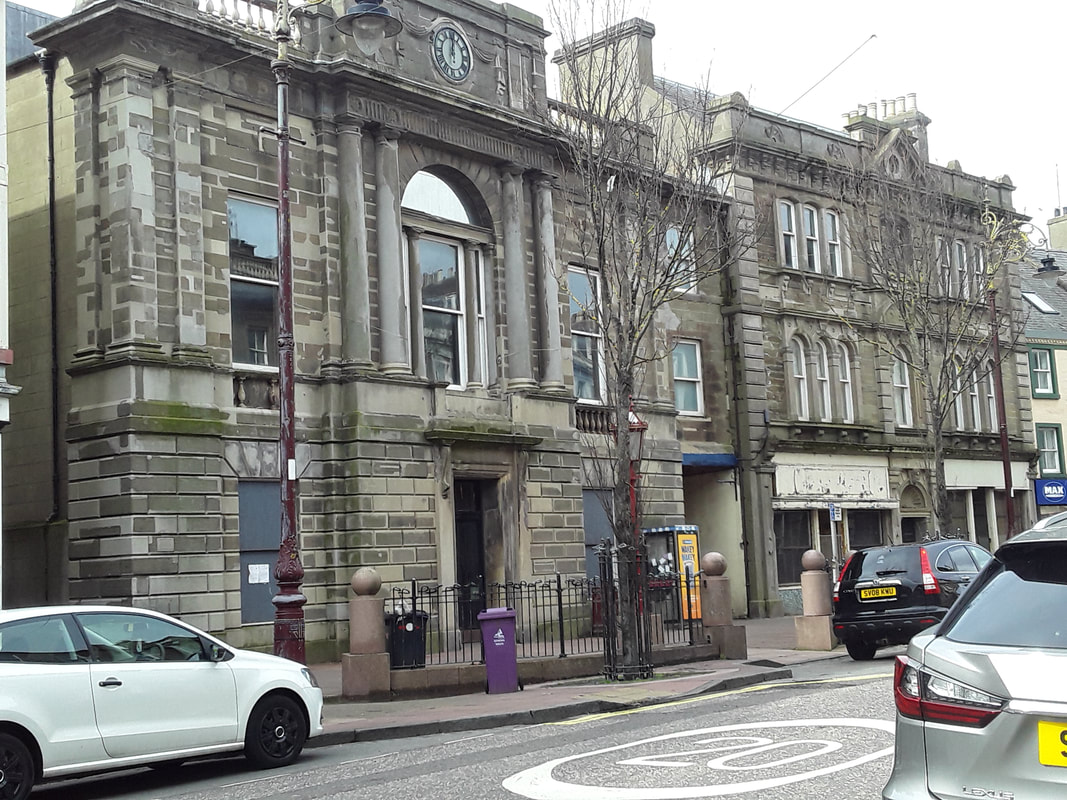
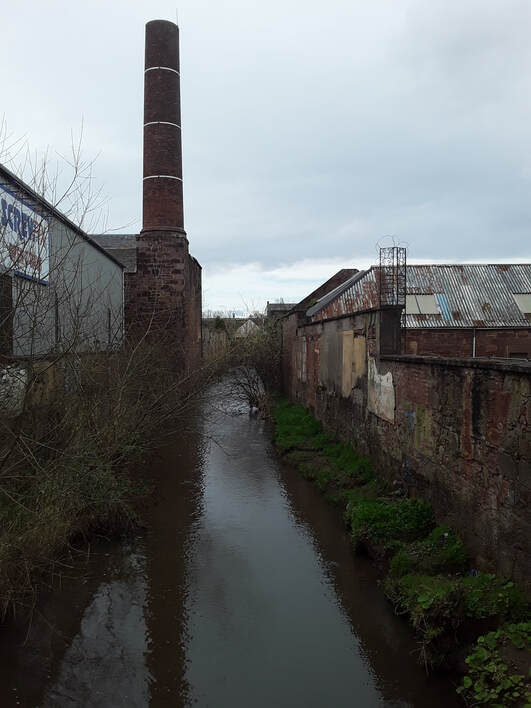
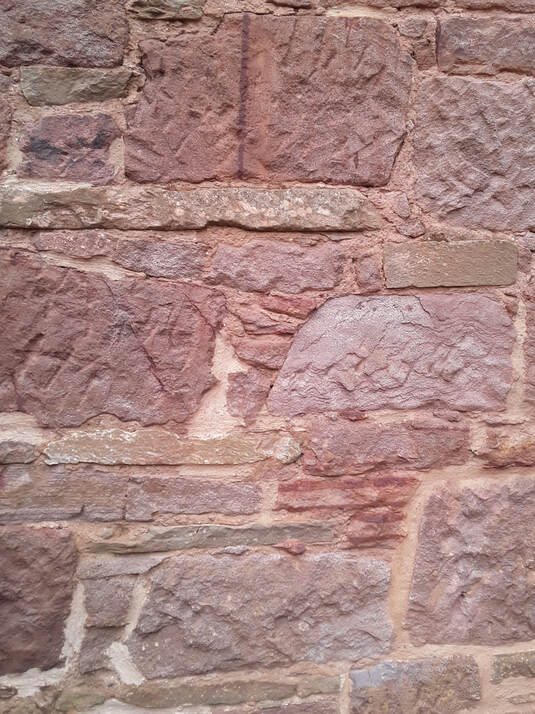
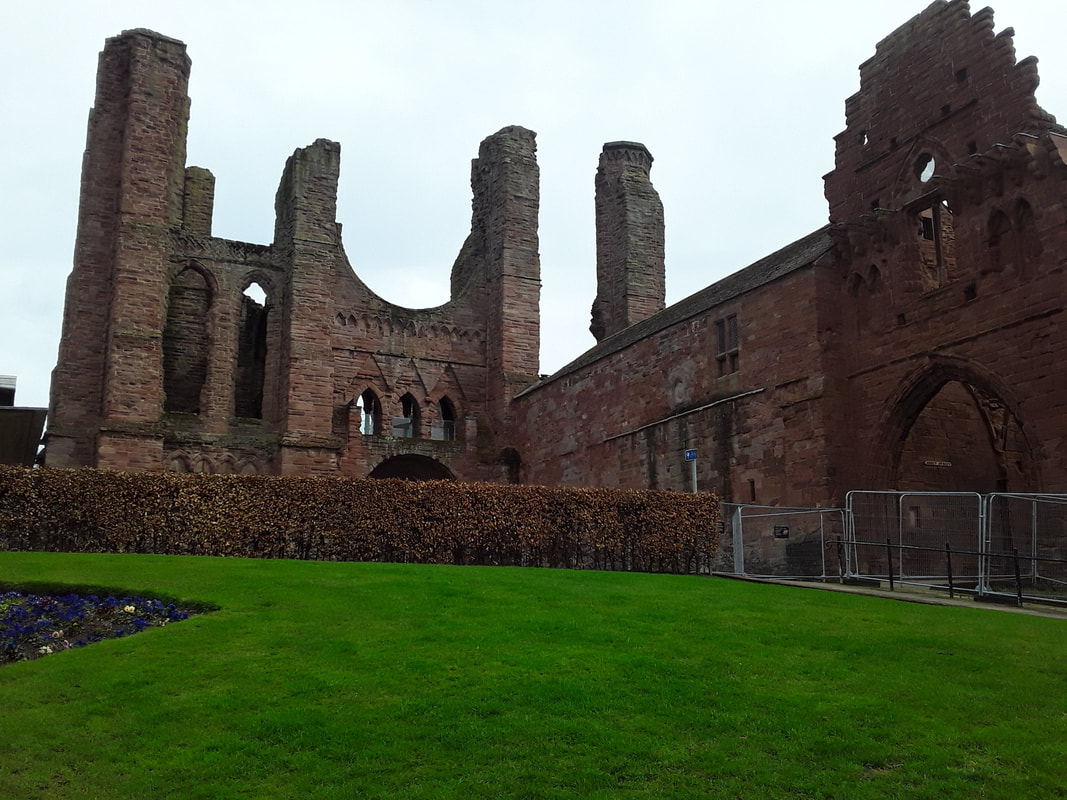
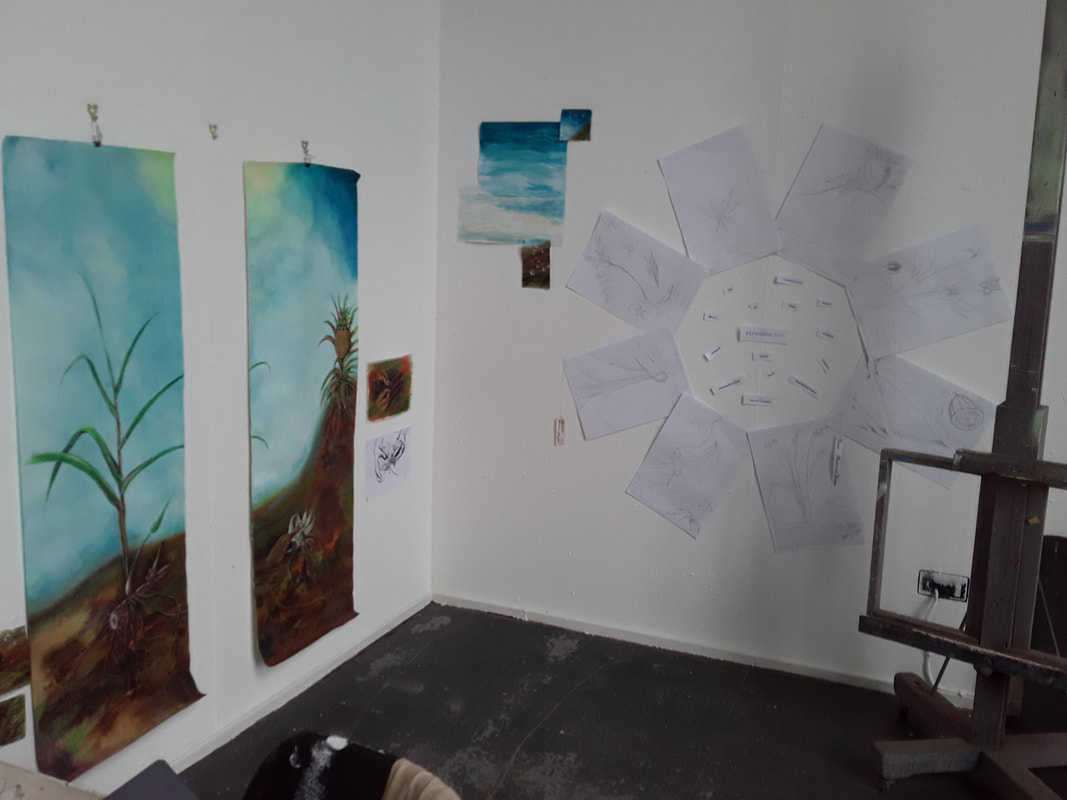
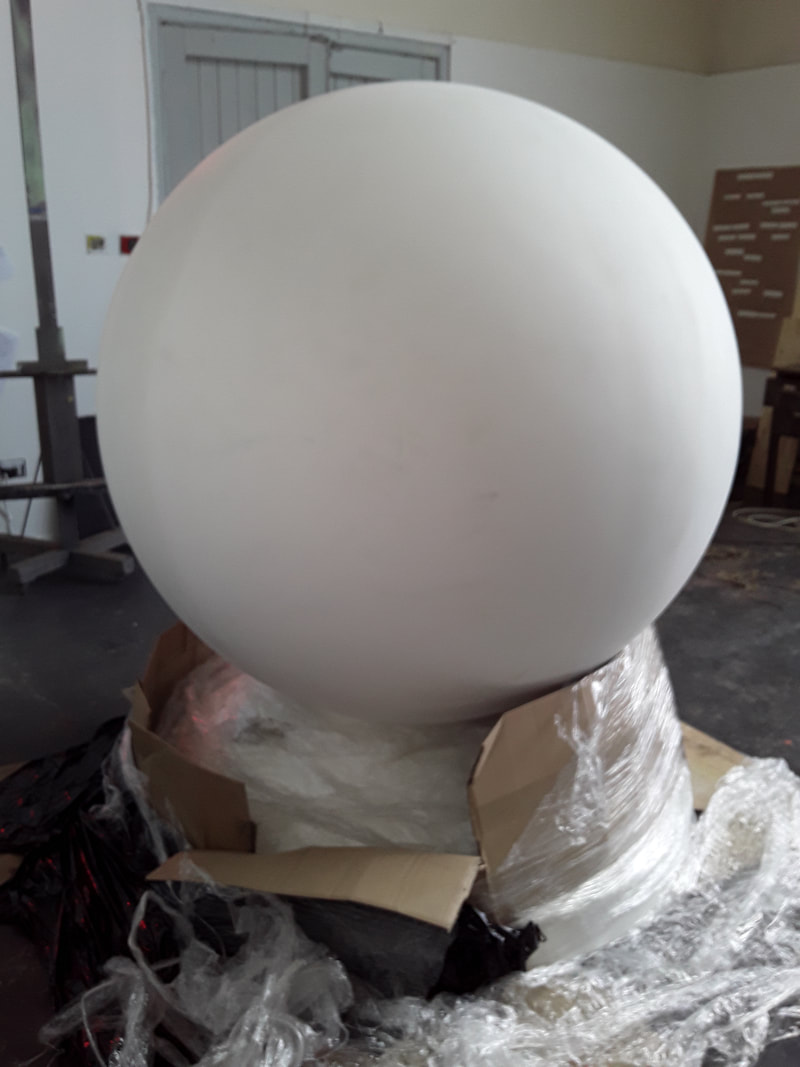
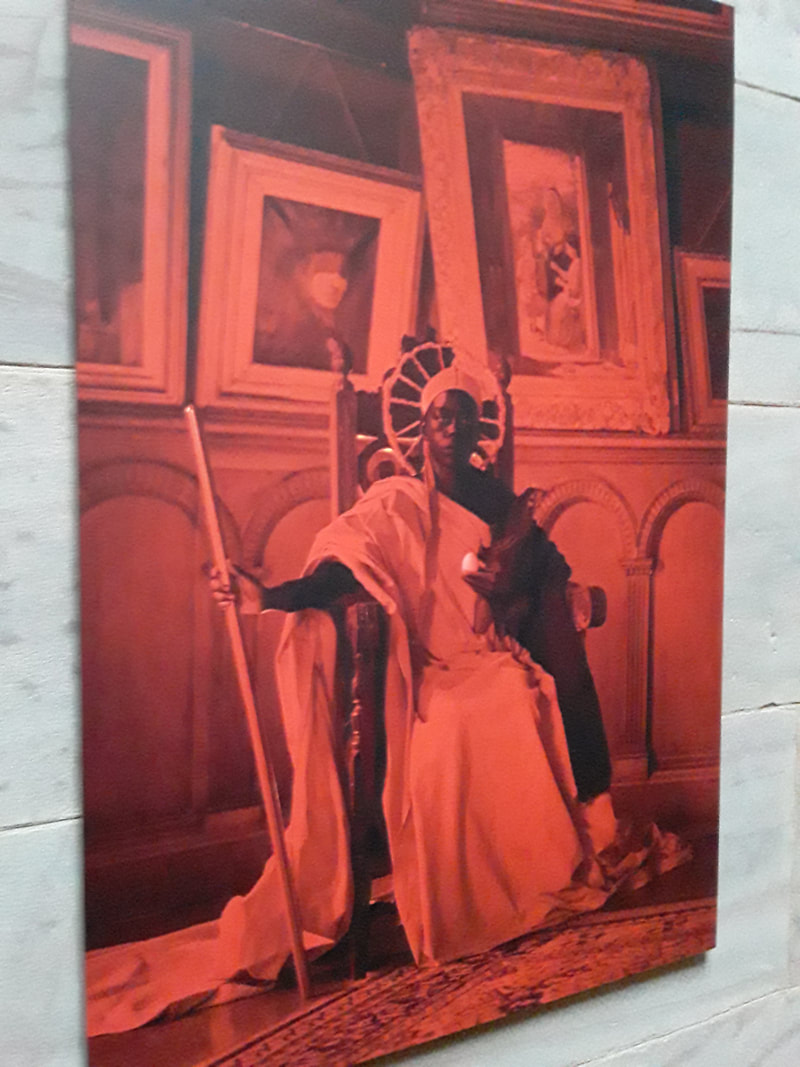
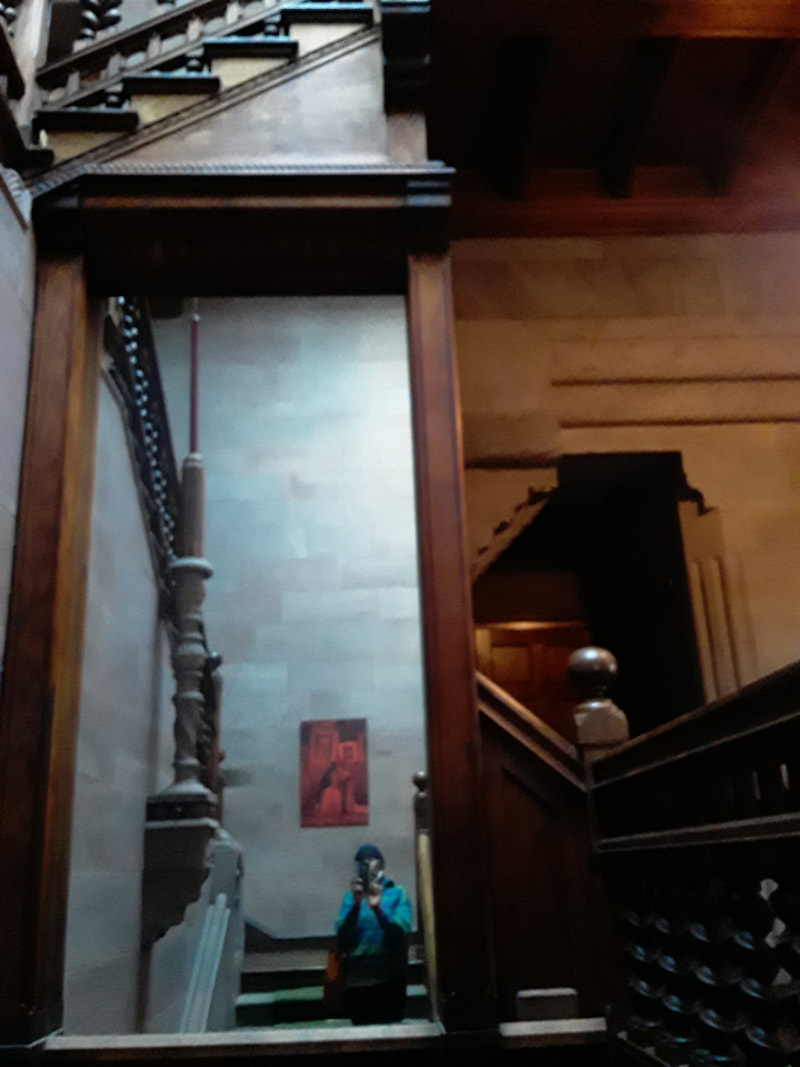
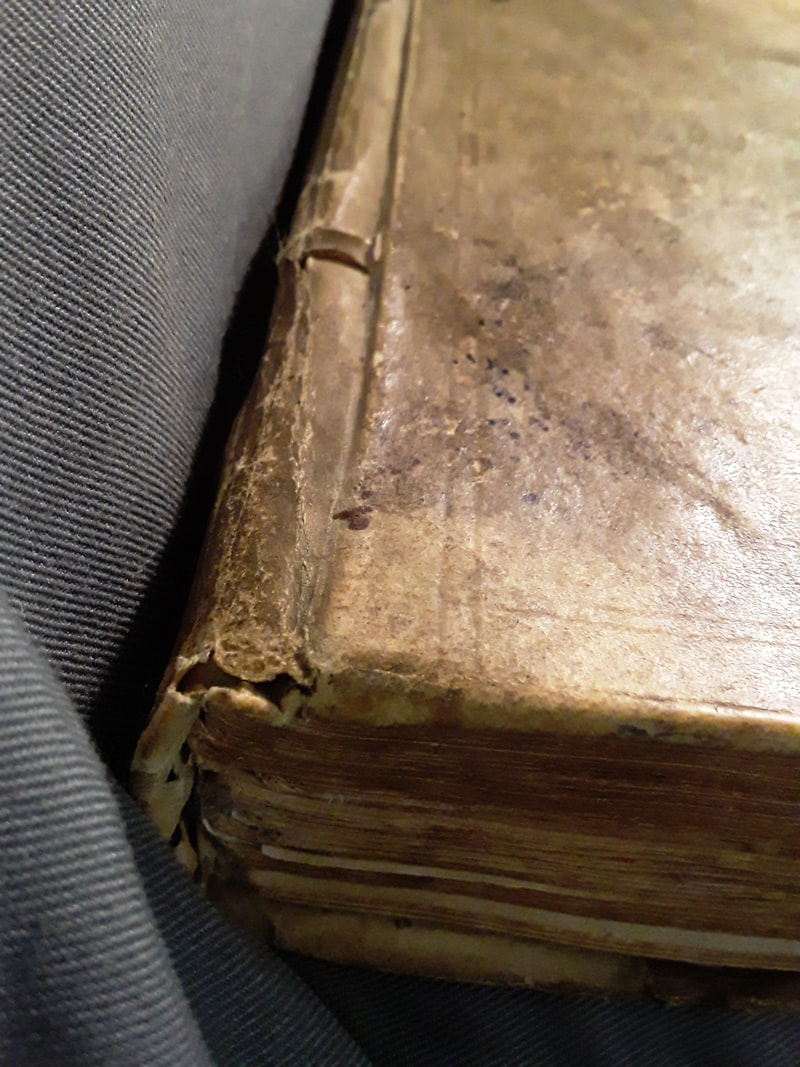
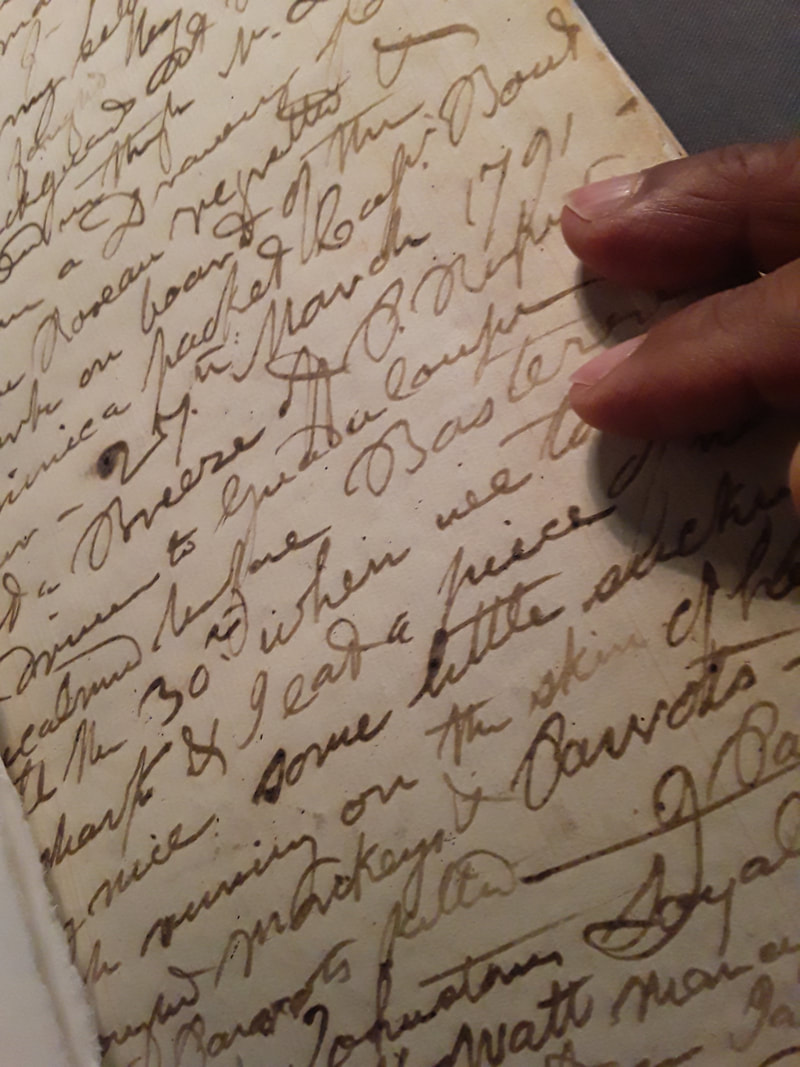
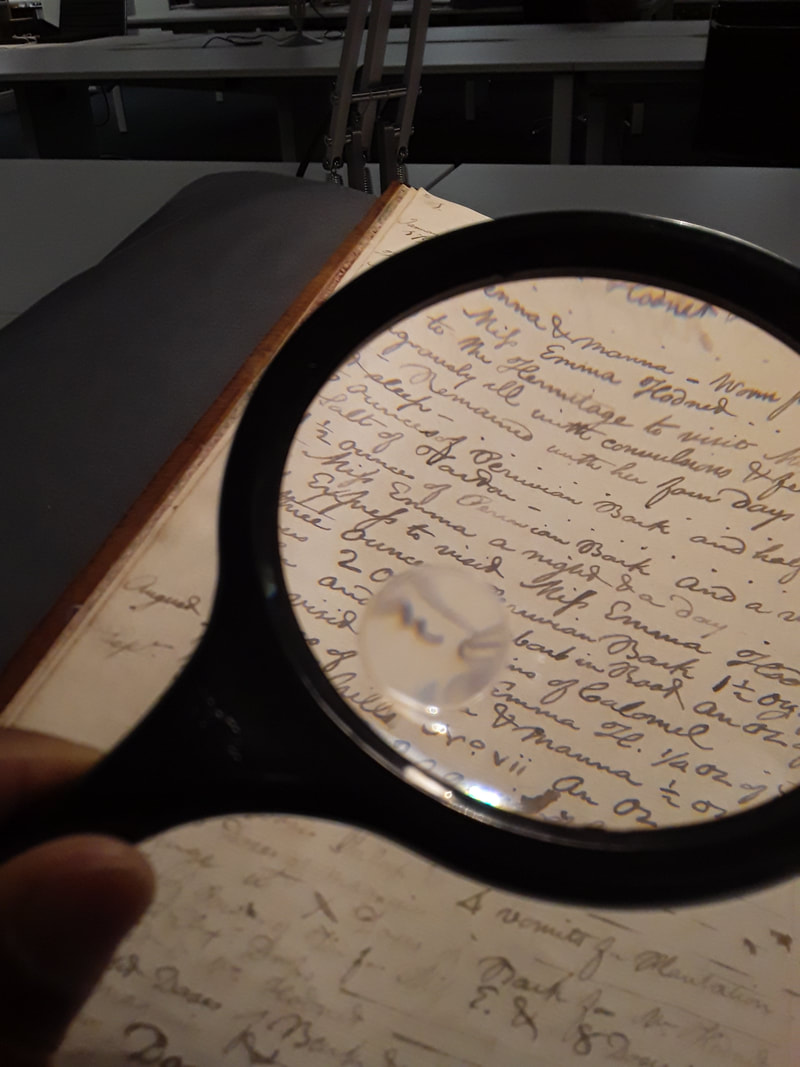
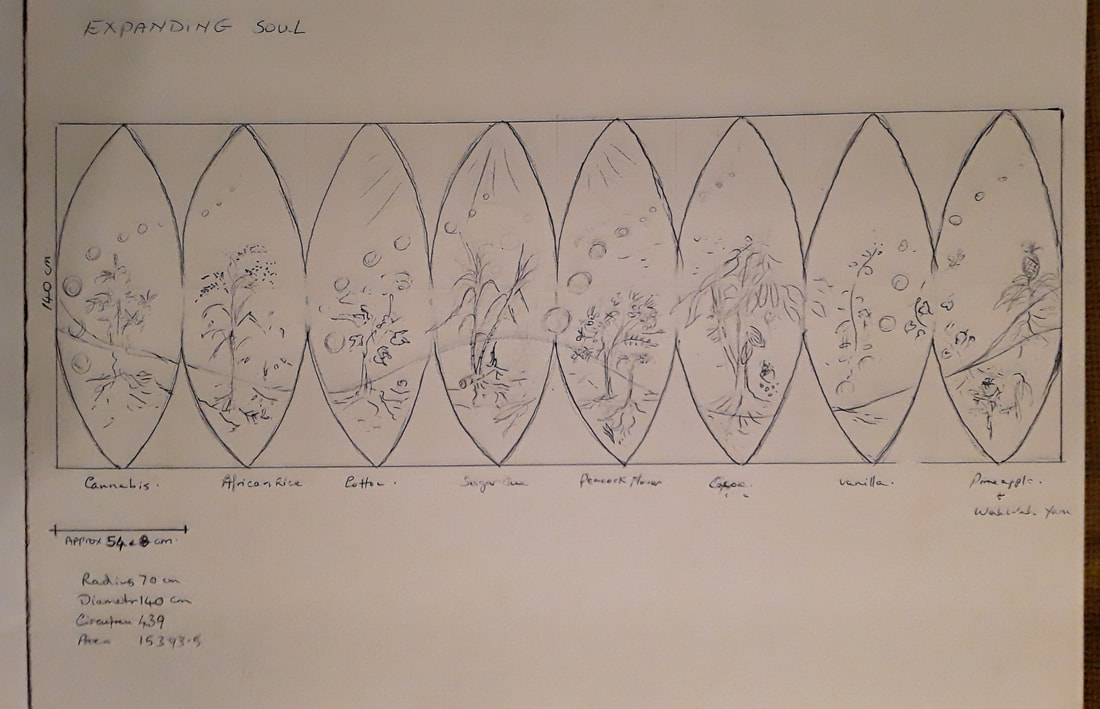
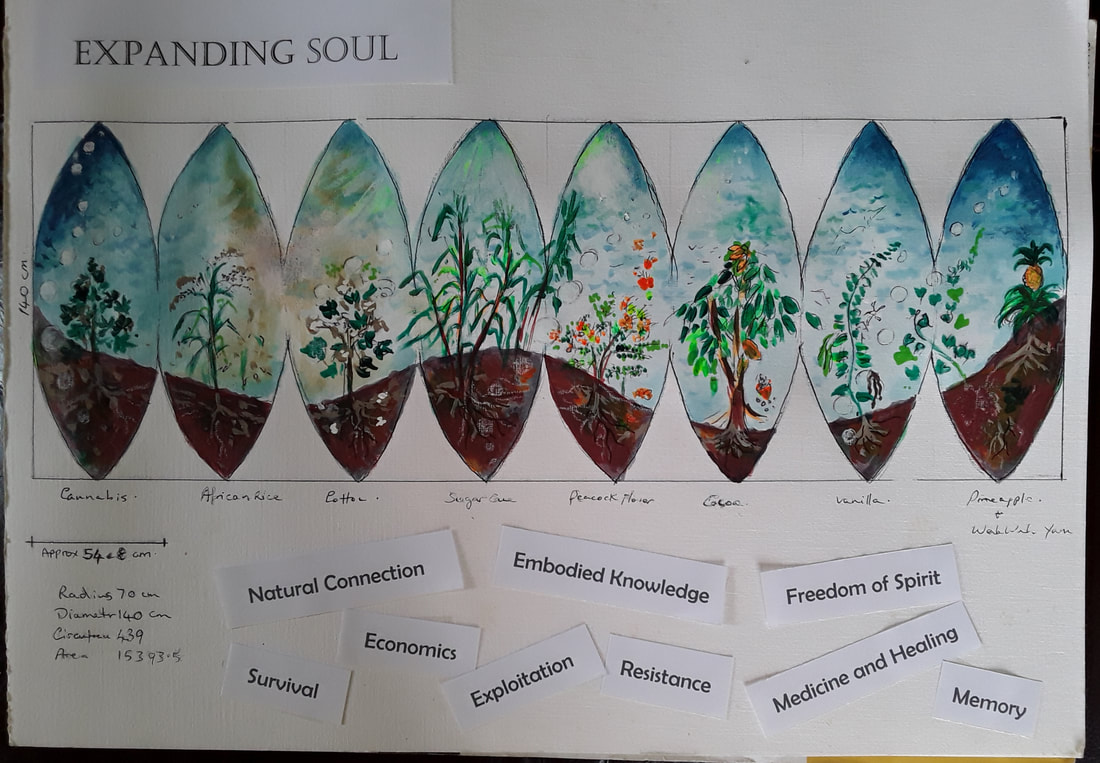
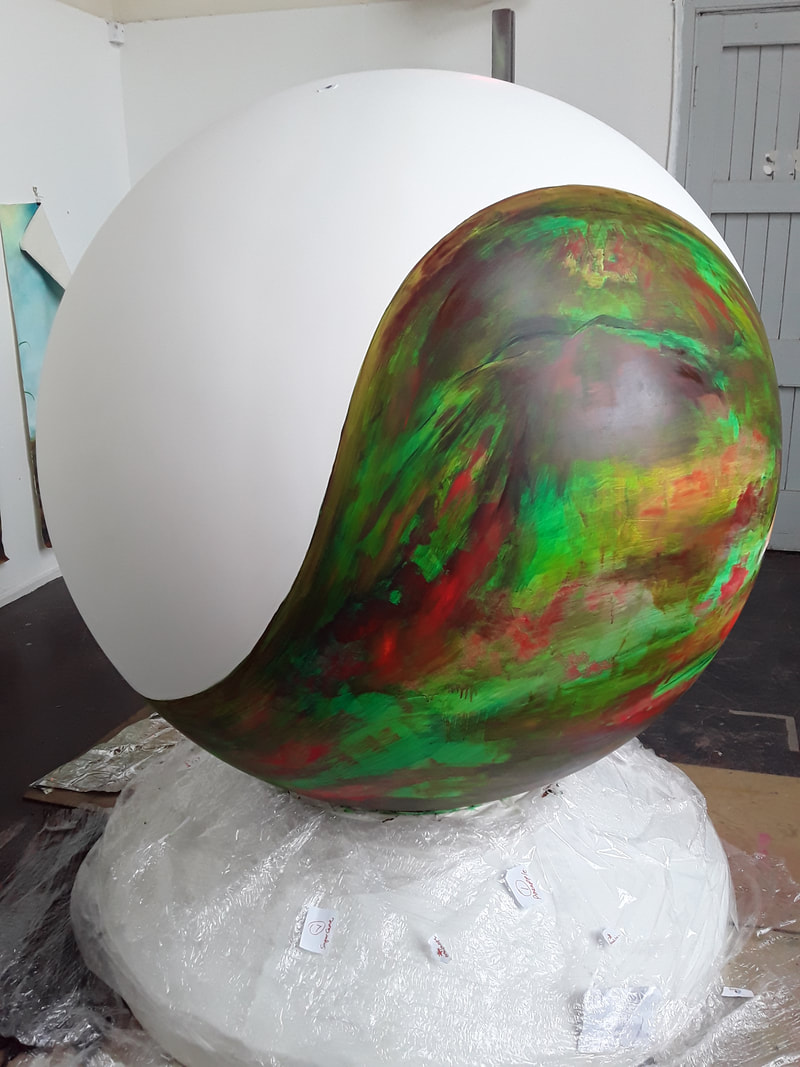
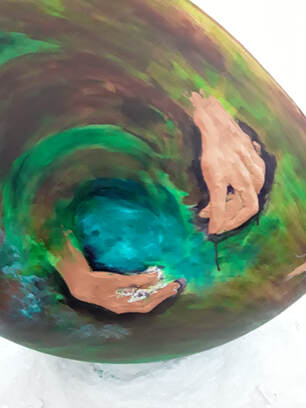
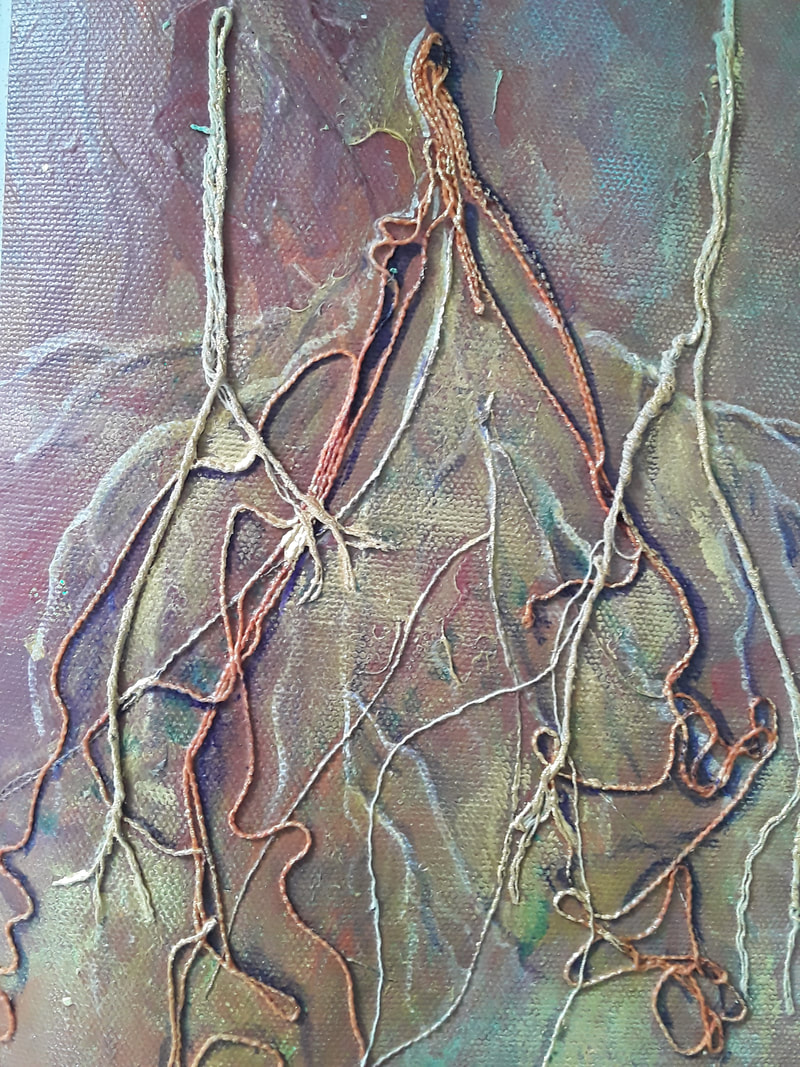
 RSS Feed
RSS Feed